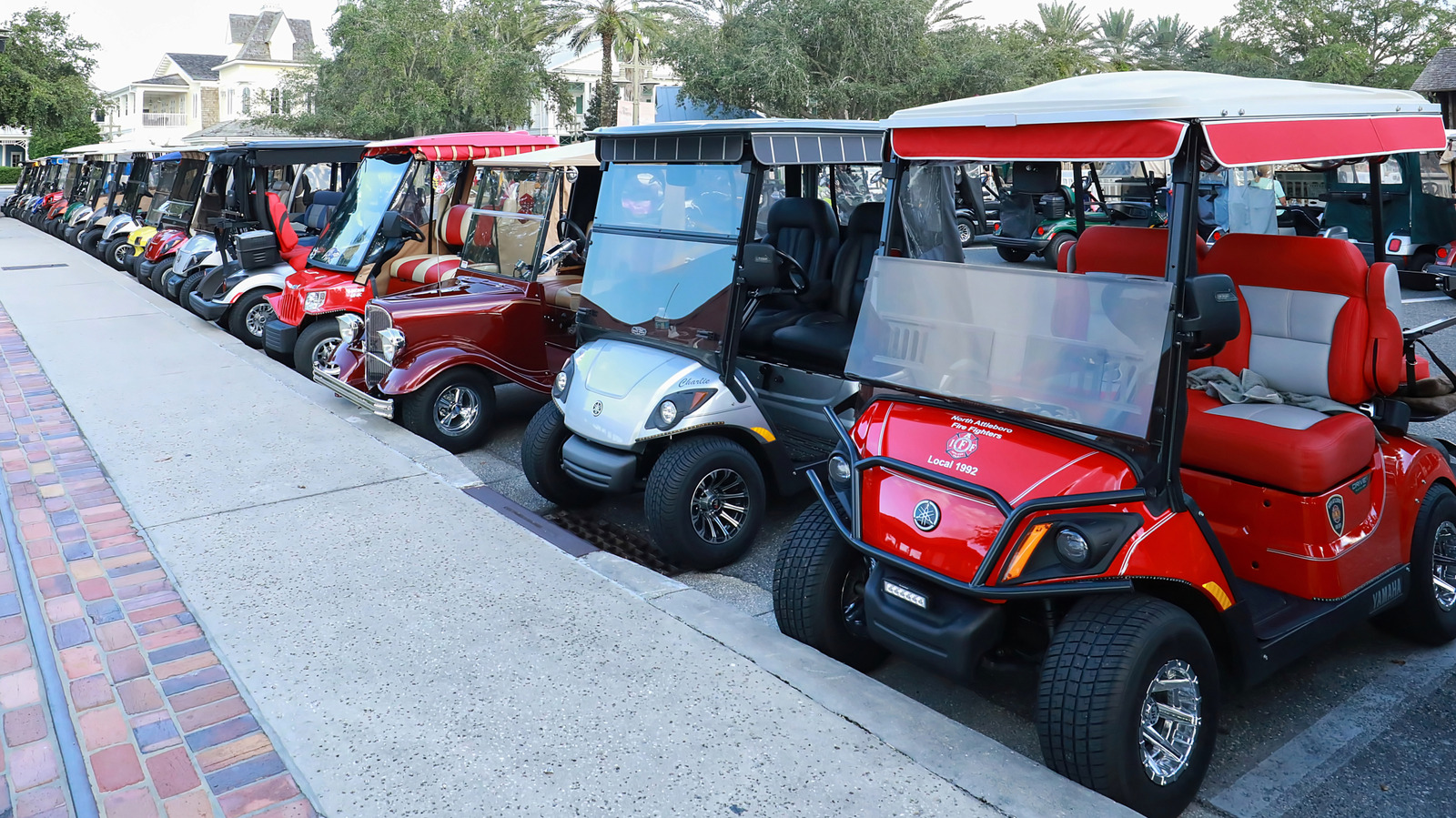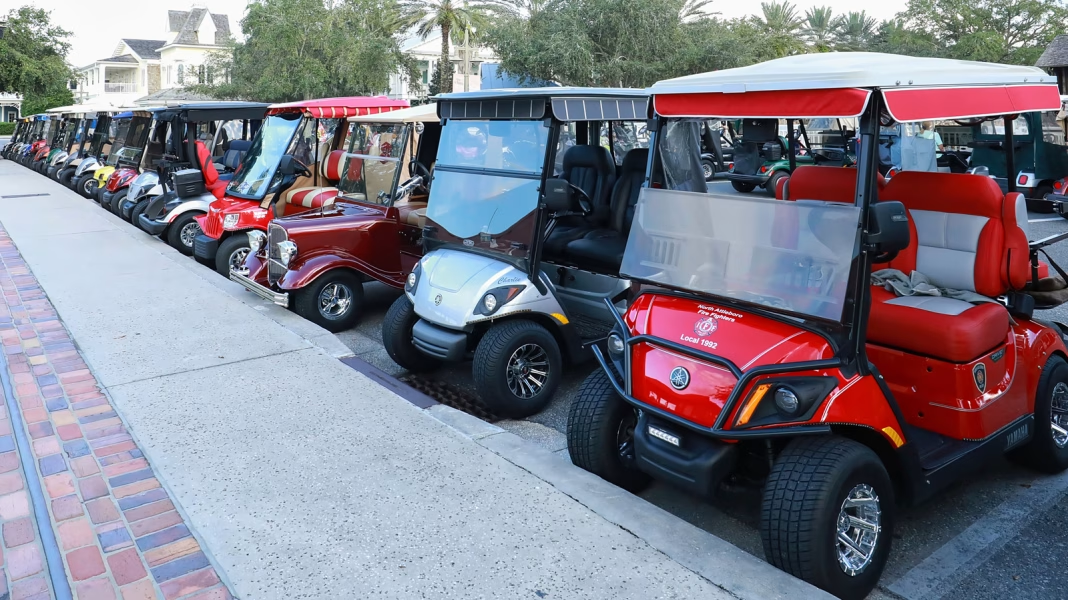Why Do So Many People in This Georgia Town Prefer Golf Carts Over Cars?
If you find yourself in Peachtree City, Georgia, don’t be surprised if you see more golf carts than sedans cruising down the street. In fact, this town—just a short 20-minute drive south of Atlanta—has built an entire network of paths specifically for golf carts. The result? Residents often choose a golf cart over a car for their daily errands, school runs, and even social outings. But why has this small city embraced such a unique approach to transportation?
How Did Peachtree City Become a Golf Cart Haven?
Peachtree City’s love affair with golf carts isn’t just a quirky local trend—it’s baked right into the town’s DNA. When the city was planned in the late 1950s, designers envisioned a community where residents could move around without relying on traditional cars. They mapped out over 100 miles of paved, multi-use paths that wind through neighborhoods, parks, schools, and shopping centers. These aren’t just sidewalks—they’re dedicated routes where golf carts have the right of way.
This intentional design has shaped daily life in ways you won’t see in most American towns. According to the city’s own data, there are now more than 10,000 registered golf carts for a population of about 38,000. That’s roughly one cart for every four people. Compare that to the national average—where most towns have zero infrastructure for golf carts—and it’s clear Peachtree City is in a league of its own.
What’s It Like to Live in a Town Where Golf Carts Rule the Road?
Ask any local, and you’ll hear stories about how the golf cart lifestyle changes everything. Kids as young as 15 can drive a golf cart to school (with parental permission), and families often pile in for a quick trip to the grocery store or a weekend picnic. There’s even a local tradition of decorating carts for parades and holidays—think Fourth of July convoys and Halloween caravans.
The social aspect is hard to ignore. When you’re zipping along at 15 miles per hour, you’re more likely to wave to neighbors, stop for a chat, or notice a new coffee shop tucked behind the trees. It’s a slower, friendlier way to travel. And let’s be honest—there’s something undeniably fun about cruising around in an open-air cart, especially when the weather’s nice.
Are There Real Benefits to Using Golf Carts Instead of Cars?
Beyond the novelty, there are some serious upsides to Peachtree City’s approach. For starters, golf carts are electric or gas-powered but use far less fuel than cars, making them a greener option for short trips. According to a 2022 study from the Georgia Institute of Technology, towns that encourage alternative transportation modes like golf carts see lower traffic congestion and reduced carbon emissions.
Safety is another big plus. The dedicated path network keeps carts separated from larger vehicles, which means fewer accidents and a safer environment for pedestrians and cyclists. Local police report that traffic incidents involving golf carts are rare, especially compared to car-related accidents in similarly sized towns.
What Challenges Come With a Golf Cart-Centric Lifestyle?
Of course, it’s not all smooth sailing. Golf carts have their limits—they’re not built for highways or long distances, and bad weather can put a damper on your plans. Some residents have raised concerns about teens driving carts recklessly, though the city has responded with safety campaigns and stricter enforcement.
There’s also the question of accessibility. While the path network covers most of the city, some newer neighborhoods and outlying areas aren’t as well connected. The city continues to invest in expanding and maintaining the paths, but it’s an ongoing process.
Could Other Cities Learn From Peachtree City’s Example?
Urban planners and sustainability advocates are paying close attention to Peachtree City. The town’s success shows that with thoughtful design, it’s possible to reduce car dependence—even in suburban America. Cities like The Villages in Florida and Sun City in Arizona have adopted similar models, but Peachtree City remains a standout for its scale and integration.
Experts from the Urban Land Institute point out that the key isn’t just building paths—it’s about creating a culture where alternative transportation feels safe, convenient, and even a little bit fun. That means investing in infrastructure, updating local laws, and encouraging community buy-in.
What’s the Real Impact on Daily Life and Community Spirit?
Perhaps the most surprising effect of Peachtree City’s golf cart network is the sense of connection it fosters. Residents talk about feeling more engaged with their neighbors, less stressed by traffic, and more likely to spend time outdoors. Local businesses have adapted too, with special parking areas and even drive-thru windows designed for carts.
It’s not a perfect system, and it won’t work everywhere. But for Peachtree City, the golf cart experiment has become a defining feature—a symbol of what’s possible when a community decides to do things a little differently.
The big takeaway? Reinventing how we get around isn’t about perfection—it’s about smarter adjustments. Start with one change this week, and you’ll likely spot the difference by month’s end.


